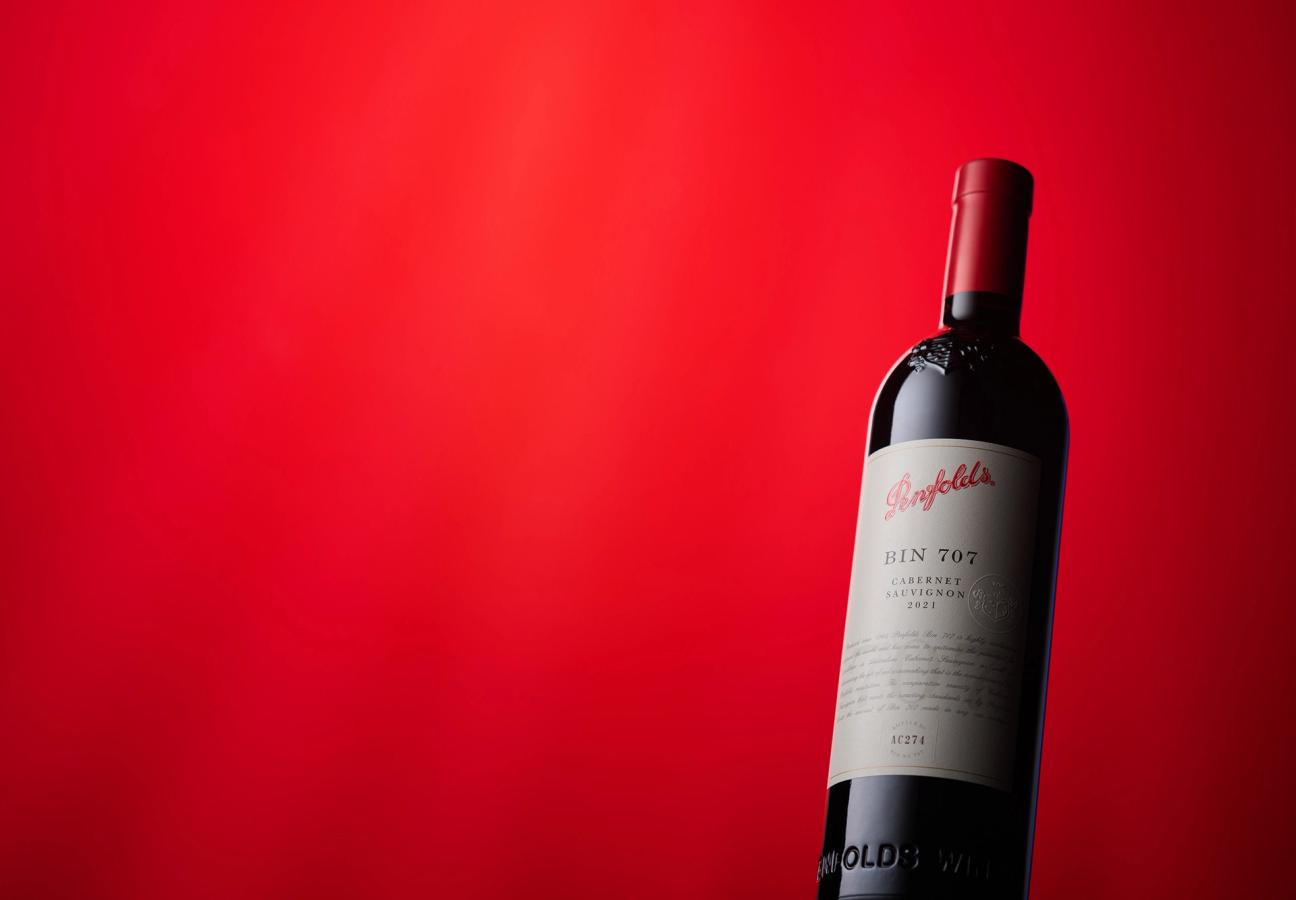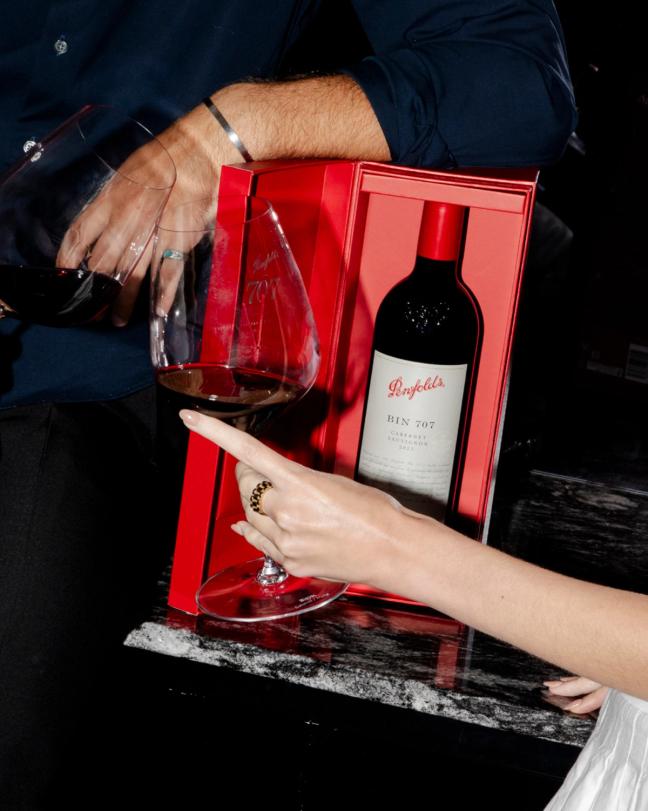Defined by power and body, this is why the Penfolds Bin 707 is analogous to a jumbo jet
In its true disruptor style, the iconic wine producer’s most revered Cabernet Sauvignon has a robust structure that sets it apart from the rest
Although Penfolds is best-known for its flagship Australian wine, Grange, named after the cottage on the Magill Estate winery in which its founders lived, the majority of bottles in its vaunted – and extensive – portfolio are named in a rather more prosaic fashion. Originally employed to indicate its storage location in the winery cellars, a wine’s ‘bin’ number became a defining feature on Penfolds’s labels.
In the case of the Bin 707 Cabernet Sauvignon, the naming committee showed remarkable foresight in coming up with a suitably memorable moniker, taking inspiration from the launch of the Boeing 707, the world’s first established passenger jetliner. The plane regularly served the so-called ‘Kangaroo Route’ from London to Sydney, a service that began in 1959 (with eight stops en route). So when, five years later, Penfolds made the bold statement of launching a signature, ageworthy Australian cabernet sauvignon – not a style that was widely recognised at the time – it felt a similarly imposing identity was required.

Originally conceived by the man who created the legendary Grange, chief winemaker Max Schubert, Bin 707 was Penfolds’s first commercial release of a 100 per cent cabernet-sauvignon-based wine. 2024 marks the 60th anniversary of the inaugural release, and, during the intervening six decades, Bin 707 has become something of a benchmark for Australian cool-climate cabernet.
The jumbo-jet analogy is particularly apt, with the wine defined by power and body. Indeed, it could be said that the Bin 707 is the ultimate embodiment of the Penfolds house style: grapes sourced selectively from multiple vineyards across multiple regions; blended for an intensely flavoured, fruit-forward profile; fermentation and maturation in new oak; the resultant wine full-bodied and with prodigious ageing potential ahead.
It is a robust, structured style that, in some quarters, goes somewhat against today’s fashion for wines from single vineyards, which are lauded for their unique sense of place by some critics and collectors. Penfolds, however, offers a different perspective with Bin 707, as it does with many of its most celebrated wines, presenting this particular offering as a rich, powerful example of the virtue of blending the best fruit from multiple sites and regions. A cabernet-driven version of the more Shiraz-led Grange, it delivers what today’s chief winemaker, Peter Gago, describes as a wine that is ‘completely unadulterated’ and ‘one of the world’s most distinctive expressions of cabernet’.

And it’s not just him saying that. The 2021 release set a new bar, with renowned critic Jane Anson – something of a cabernet expert, being based in Bordeaux and focusing largely on the wines of the classic French region – awarding it a maximum score of 100 points.

The secret to such success lies in a strict grape selection process whereby only the most intensely flavoured parcels are included in the final blend. That means small bunches of thick-skinned grapes, from the best vineyard sites in well-regarded wine regions. And if the required fruit character, flavour profile and quality cannot be identified, the wine will not be made, as was the case between 1970–1975 and in the 1981, 1995, 2000, and, most recently, 2020 vintages.
More than half the grapes for the 2021 were from Coonawarra, the heartland of Australian cabernet, and, with Barossa, the core source of Bin 707 since the 1970s. But in recent years, cool-climate vineyards on the Limestone Coast of South Australia have also been added to the mix, making this a truly multi-regional blend.

The 2022 release draws on fruit from Coonawarra, Barossa Valley, Padthaway and McLaren Vale, again yielding vibrant violet notes on a markedly fruit-forward palate. Very much a wine for the future, Gago suggests a drinking window from 2026 all the way to 2050, as befitting such a powerhouse.

‘It’s a full-on, uncamouflaged Bin 707 aromatic assault [that is] not for the meek,’ he adds. ‘Unashamedly 100 per cent cabernet, 100 per cent new oak – and 100 per cent Penfolds.’
Want more from Penfolds? Read about its collaboration with street-fashion pioneer NIGO…

Become a Gentleman’s Journal Member?
Like the Gentleman’s Journal? Why not join the Clubhouse, a special kind of private club where members receive offers and experiences from hand-picked, premium brands. You will also receive invites to exclusive events, the quarterly print magazine delivered directly to your door and your own membership card.



